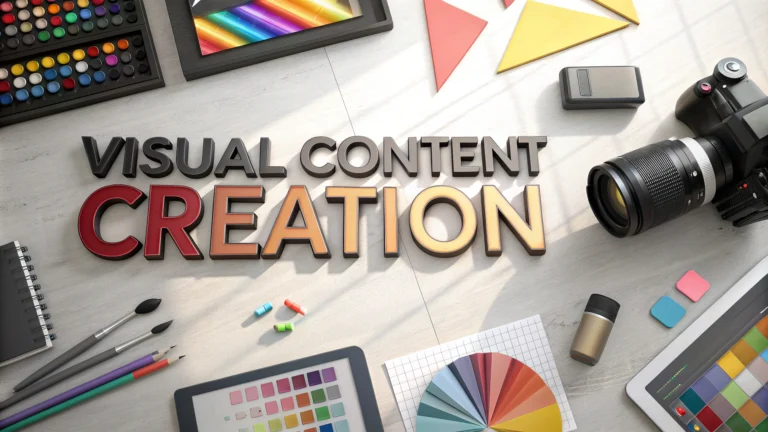Stunning visuals can transform ordinary content into magnetic digital experiences that capture audience attention instantly. Businesses leveraging powerful visual strategies can increase engagement by up to 650% across digital platforms.
1. Understanding Visual Content Fundamentals
Visual content goes far beyond simple graphics. It represents a strategic communication method combining design, psychology, and storytelling to convey complex messages quickly and memorably.
Successful visual content requires understanding core design principles, audience preferences, and platform-specific requirements. Professionals must balance creativity with technical precision to produce compelling visual narratives.
Key Components of Effective Visual Content
- Color Theory: Emotional and psychological impact
- Composition: Balanced and intentional design
- Typography: Readable and appropriate font selection
- Brand Consistency: Maintaining visual identity
2. Design Tools and Technologies
Modern visual creators have unprecedented access to sophisticated design technologies. Professional platforms like Adobe Creative Suite and free alternatives such as Canva provide robust capabilities for creating high-quality visual content.
Selecting the right design tool depends on skill level, budget, and specific project requirements. Designers should evaluate features, learning curves, and integration capabilities before committing to a platform.
Recommended Design Tools
| Tool | Best For | Price Range |
|---|---|---|
| Adobe Photoshop | Professional Image Editing | $$$ |
| Canva | Quick Design Templates | Free/$$ |
| Figma | Collaborative Design | $$ |
3. Content Strategy and Planning
Strategic visual content requires meticulous planning and alignment with broader marketing objectives. Creators must understand target audience preferences, platform dynamics, and communication goals.
Developing a comprehensive visual content strategy involves research, audience segmentation, and consistent brand messaging across multiple channels.
Strategic Planning Checklist
- Audience demographic analysis
- Platform-specific content optimization
- Performance metric tracking
- Regular content audits
4. Visual Storytelling Techniques
Effective visual storytelling transforms static information into engaging narratives. Designers use composition, color, and symbolic elements to create emotional connections and communicate complex ideas rapidly.
Successful visual stories balance aesthetic appeal with clear, purposeful messaging. They guide viewers through a coherent narrative using strategic visual cues and design elements.
Storytelling Design Principles
- Emotional Resonance: Connecting with audience feelings
- Narrative Flow: Guiding viewer’s visual journey
- Symbolic Representation: Using metaphors and visual analogies

